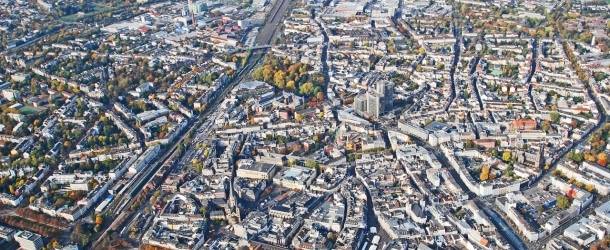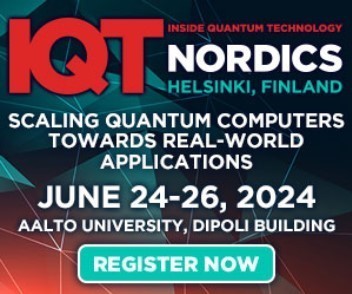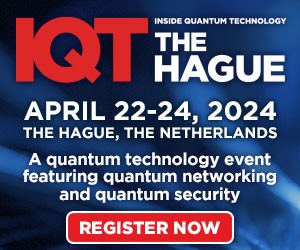The 30,000 Foot Overview of Quantum Computing for Non-Physicists

(Forbes.com) The basic physics principles that underlie quantum computers were presented at National Association of Science Writers at a session on communicating quantum physics. The presentation was in a manner suitable for non-physicists and is restated in this must-read article for non-scientists wanting to comprehend quantum technology and its potential.
In general terms, the article explains: “A quantum computer exploits properties of quantum physics to perform certain types of calculations more efficiently than any classical computer.” The first property that comes into play is the idea of wave nature. The second is the ability of quantum objects to be in multiple wave-like states at the same time which led to the Schrodinger Cat thought experiment wherein a boxed cat is both dead and alive. The third property of quantum objects exploited for quantum computing is the idea of entanglement.
Briefly summarized, A quantum computer is a device that exploits 1) wave nature, 2) superposition, and 3) entanglement to do calculations involving collective mathematical properties or the simulation of quantum systems more efficiently than you can do with any classical computer. That’s why these are interesting systems to study, and why heavy hitters like Google, Microsoft, and IBM are starting to invest heavily in the field.























